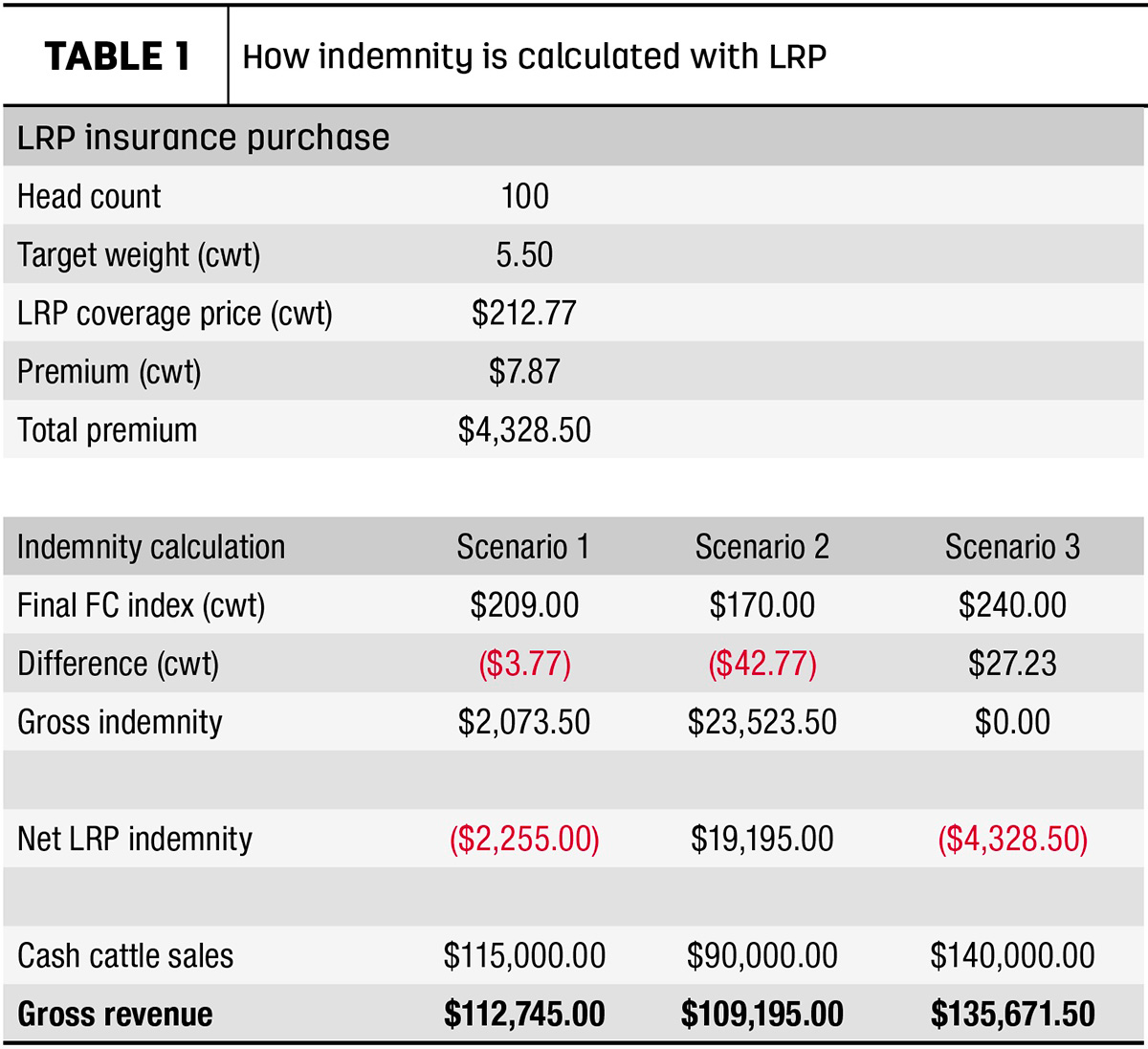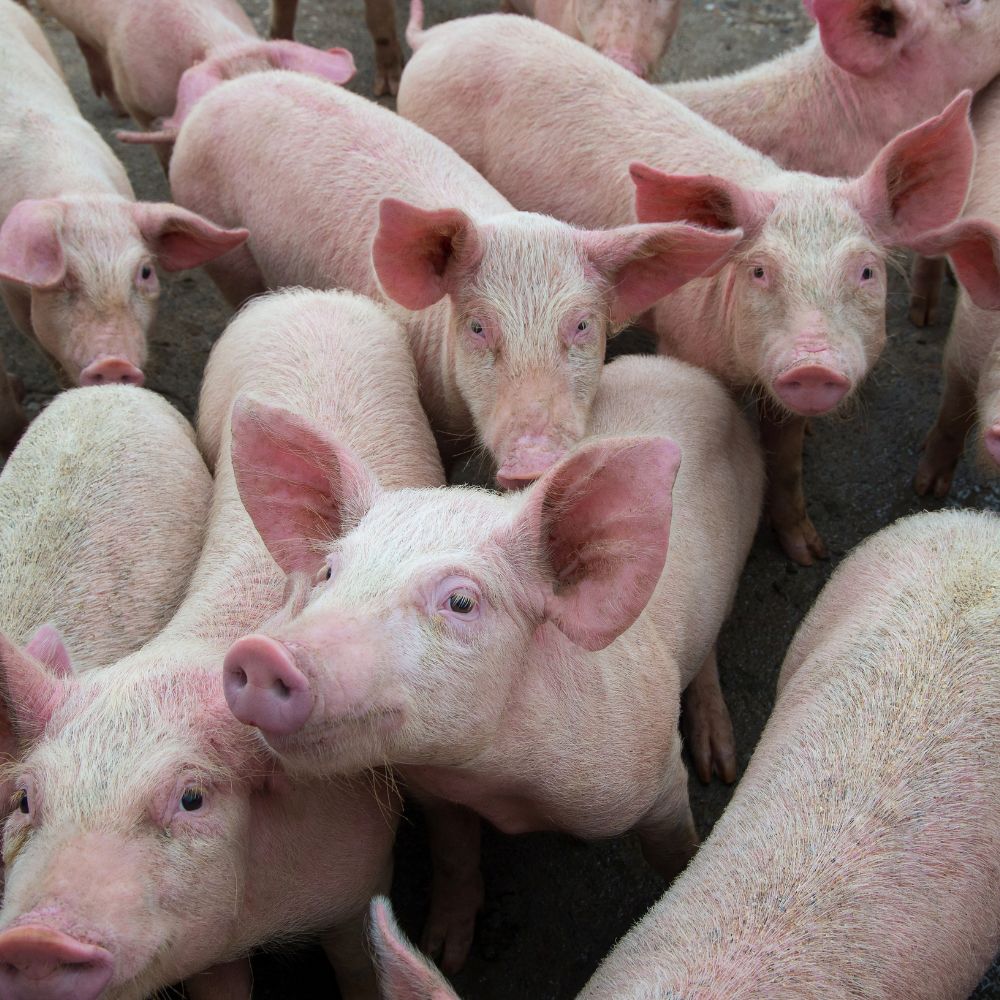Recognizing Livestock Danger Security (LRP) Insurance Policy: A Comprehensive Guide
Browsing the realm of livestock risk defense (LRP) insurance coverage can be an intricate endeavor for many in the farming industry. This type of insurance policy provides a safeguard against market changes and unpredicted circumstances that might influence livestock producers. By understanding the ins and outs of LRP insurance, producers can make educated decisions that might guard their operations from financial threats. From exactly how LRP insurance policy functions to the different protection options available, there is much to discover in this extensive overview that can potentially form the way animals producers approach risk administration in their organizations.
Just How LRP Insurance Works
Occasionally, understanding the mechanics of Animals Danger Defense (LRP) insurance policy can be complex, yet breaking down how it works can give clearness for farmers and ranchers. LRP insurance coverage is a danger administration device made to secure animals manufacturers against unanticipated cost declines. It's crucial to note that LRP insurance coverage is not an earnings assurance; rather, it focuses entirely on price danger protection.
Eligibility and Insurance Coverage Options

When it comes to coverage options, LRP insurance policy supplies producers the flexibility to choose the insurance coverage degree, protection duration, and recommendations that finest match their danger monitoring demands. Insurance coverage degrees commonly range from 70% to 100% of the anticipated ending value of the insured animals. Manufacturers can also choose coverage durations that align with their manufacturing cycle, whether they are guaranteeing feeder cattle, fed cattle, swine, or lamb. Recommendations such as rate risk security can further customize protection to secure against damaging market fluctuations. By comprehending the eligibility criteria and protection options offered, livestock manufacturers can make enlightened decisions to handle threat properly.
Pros and Disadvantages of LRP Insurance Coverage
When evaluating Livestock Danger Protection (LRP) insurance, it is crucial for animals manufacturers to weigh the drawbacks and advantages fundamental in this danger monitoring device.

Among the main benefits of LRP insurance coverage is its capability to give defense versus a decrease in livestock prices. This can assist secure manufacturers from financial losses resulting from market variations. In addition, LRP insurance uses a level of flexibility, enabling producers to customize insurance coverage levels and plan durations to fit their specific requirements. By securing an assured cost for their animals, manufacturers can better manage danger and plan for the future.
Nevertheless, there are also some downsides to consider. One limitation of LRP insurance coverage is that it does not safeguard against all types of risks, such as condition episodes or natural catastrophes. In addition, premiums can in some cases be pricey, particularly for manufacturers with large animals herds. It is critical for manufacturers to very carefully assess their private risk direct exposure and financial circumstance to determine if LRP insurance coverage is the best danger administration tool for their operation.
Understanding LRP Insurance Policy Premiums

Tips for Making The Most Of LRP Perks
Maximizing the benefits of Livestock Danger Defense (LRP) insurance needs critical planning and aggressive danger management - Bagley Risk Management. To take advantage of your LRP protection, take into consideration the following ideas:
Frequently Analyze Market Problems: Stay notified concerning market trends and rate changes in the livestock market. By keeping track of these aspects, you can make educated choices about when to acquire LRP coverage to secure against prospective losses.
Set Realistic Protection Levels: When selecting coverage levels, consider your manufacturing prices, market price of livestock, and potential dangers - Bagley Risk Management. Setting reasonable protection levels makes sure that you are appropriately safeguarded without paying too much for unneeded insurance coverage
Diversify Your Coverage: Instead of depending only on LRP insurance, think about diversifying your threat monitoring approaches. Incorporating LRP with other find more information risk monitoring devices such as futures agreements or alternatives can supply thorough coverage versus market unpredictabilities.
Review and Change Protection Consistently: As market problems transform, regularly evaluate your LRP insurance coverage to ensure it aligns with your present risk exposure. Changing coverage degrees and timing of purchases can assist optimize your threat security approach. By complying with these tips, you can optimize the benefits of LRP insurance policy and safeguard your livestock procedure against unforeseen dangers.
Verdict
In conclusion, animals threat security (LRP) insurance policy is an important device for farmers to manage the monetary threats connected with their animals procedures. By understanding exactly how LRP functions, qualification and coverage choices, as well as the benefits and drawbacks of this insurance policy, farmers can make educated decisions to secure their incomes. By very carefully thinking about LRP costs and applying strategies to optimize benefits, farmers can alleviate potential losses and ensure the sustainability of about his their procedures.
Livestock manufacturers interested in acquiring Livestock Risk Defense (LRP) insurance can discover an array of qualification standards and insurance coverage alternatives customized to their specific animals procedures.When it comes to protection choices, LRP insurance coverage supplies manufacturers the adaptability to pick the insurance coverage level, protection period, and recommendations that ideal match their danger monitoring demands.To realize the intricacies of Animals Threat Protection (LRP) insurance coverage fully, comprehending the elements influencing LRP insurance coverage premiums is vital. LRP insurance policy premiums are identified by different components, consisting of the insurance coverage level chosen, the anticipated cost of livestock at the end of the coverage duration, the type of livestock being guaranteed, and the length of the coverage duration.Evaluation and Change Coverage Routinely: As market problems alter, regularly examine your LRP coverage to guarantee it straightens with your existing danger exposure.